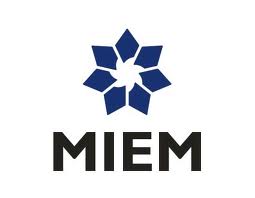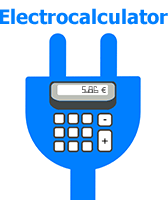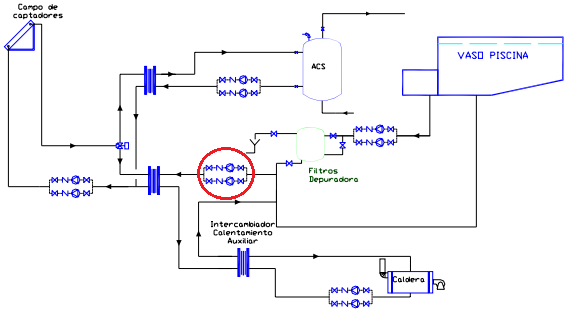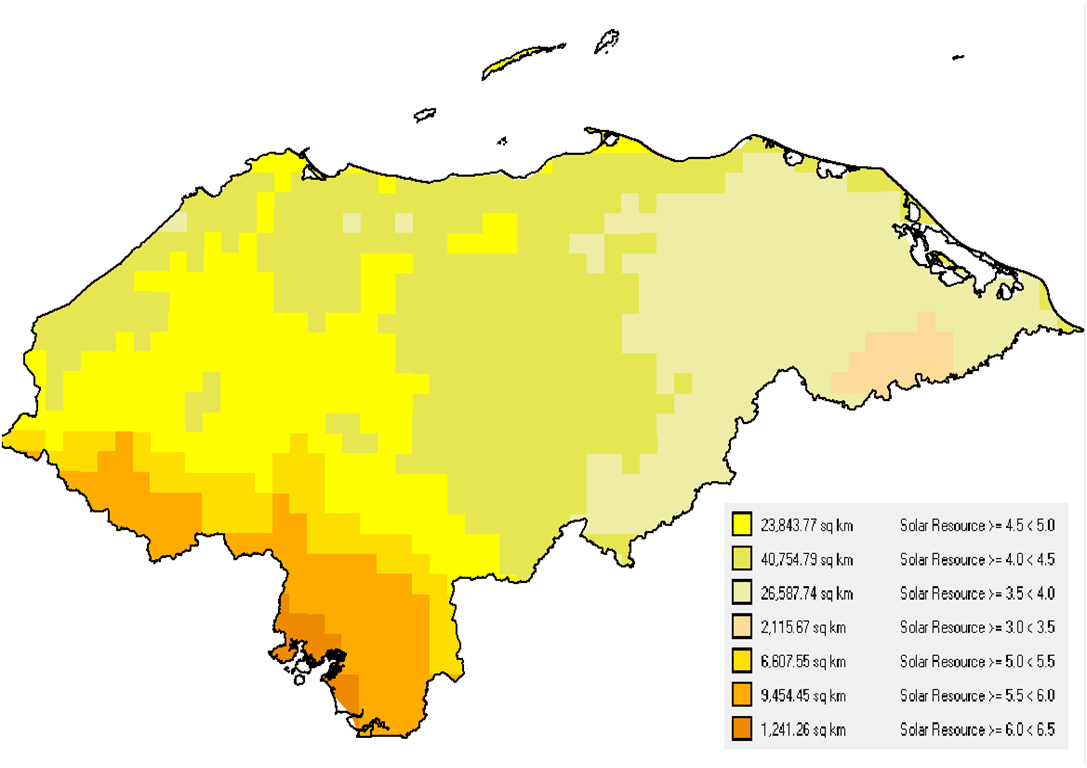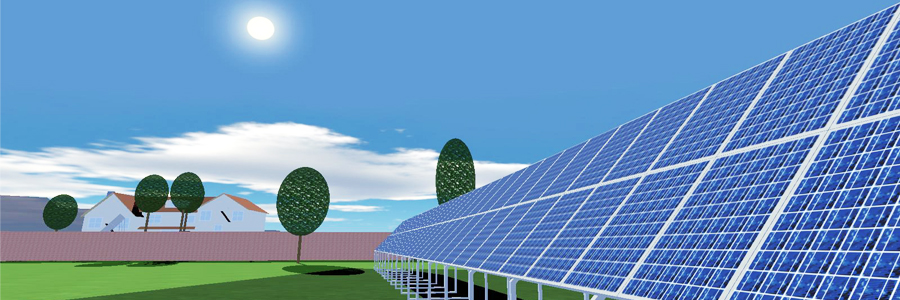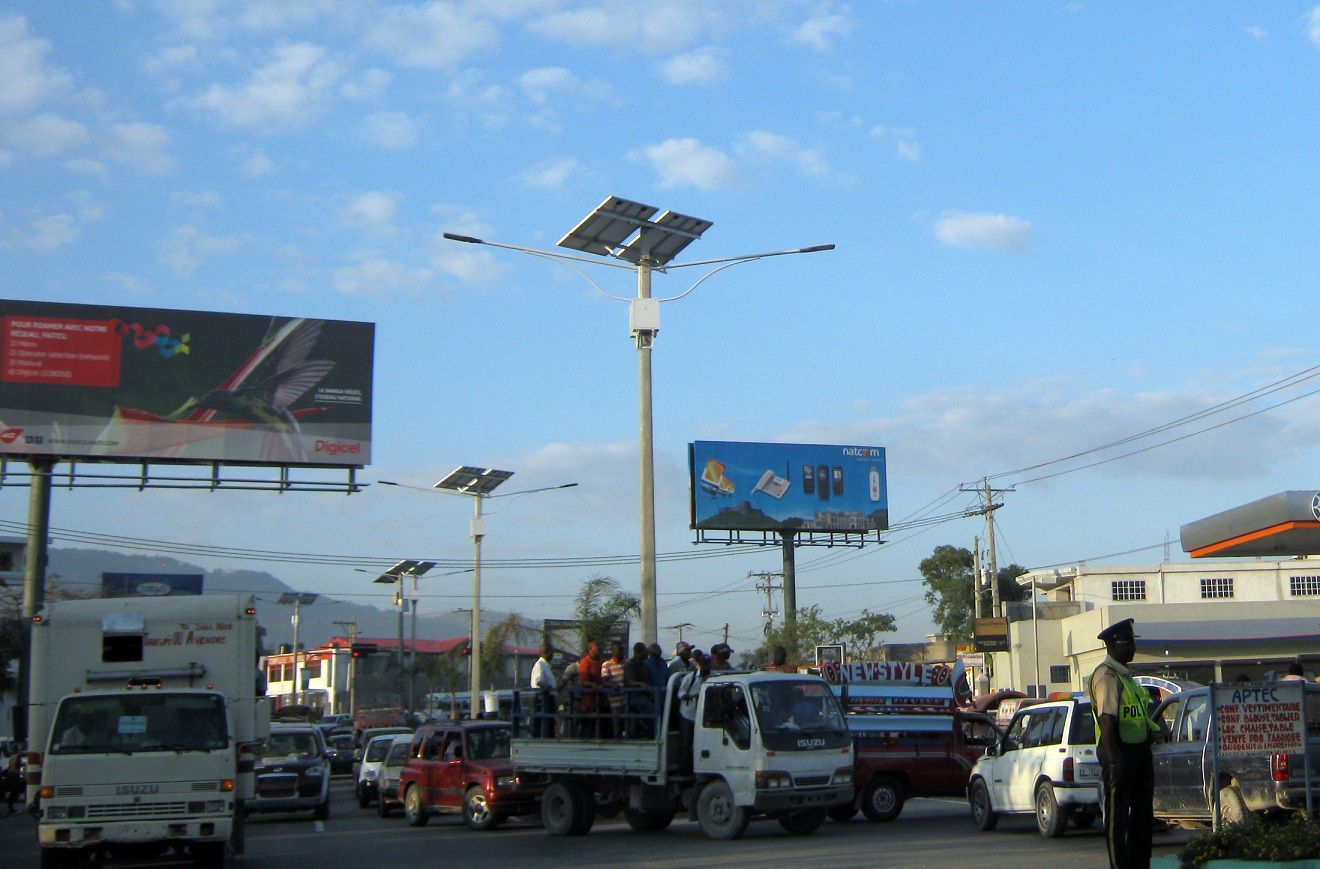Second year of the occasional meeting between an expert in solar energy and another in digital marketing is completed.
On these dates we usually look back 12 months to make balance:
* Blog that you are reading now is still full working.
It includes a research work on solar sector in Latin American region. Right now we are analyzing Honduras.
Three posts from each of the 20 countries of the region describe their renewable energy matrix, their solar thermal sector of domestic applications and their photovoltaic sector.
Also included are contents about solar technology, latest information and new developments.
* The web-based e-learning platform Moodle 3.1 that allows you to receive solar energy training from your PC, Tablet or Smartphone wherever you are; has finished its fourth edition.
* The 3 ebooks exclusively sold on Amazon (Introduction to Solar Energy) and Casa del Libro (Technical Manual-Commercial of Solar Thermal Energy and Technical-Commercial Manual of Solar Photovoltaic Energy) continue to be a success.
* Solar Layout downloads continue to increase, the most intuitive solar app on the market for collectors and solar modules positioning at the installation site.
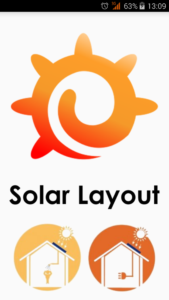
* We continue to actively participate in projects management and development (not only in Latin America).
* We continue to commercialize equipment and turnkey solutions for solar thermal, photovoltaic and solar lighting.
* Sopelia has been Media Partner of most important solar energy events at regional level.
All this was possible thanks to changes and transformations that in IT, telecommunications and work sectors have occurred in recent years.
Currently professionals situated in different locations can create, exchange information, interact in a virtual way, develop and manage projects.
Work teams are flexible. They are born, transformed and mutated depending on business opportunities.
The fuel for all this to work has been a powerful solar and linked sectors professionals and companies networking that increases day by day with Social Media impulse.

What we could call “stable cast” is the following:
+ Marcelo Ferrari – CEO
+ Nahuel Rull – Argentina Country Manager
+ Tomás Ruiz – Solar Thermal Energy Expert
+ Francisco Ramírez – Photovoltaic Solar Energy Expert
+ Federico Redin – Facilities Expert
+ Dante Fiorini – Digital Marketing Expert
+ Rafael Chacón Almeda – E-learning Expert
+ Antonio Vites – SEO & SEM Expert
+ Sergio Fernandez Alonso – Programming and Apps Development Expert.
We want to wish you a prosperous 2018 in which we hope to continue collaborating in your solar energy projects and count on you to continue tending the Sopelia Network.

